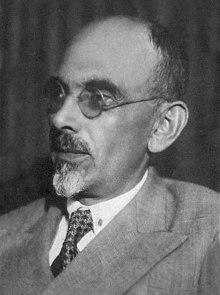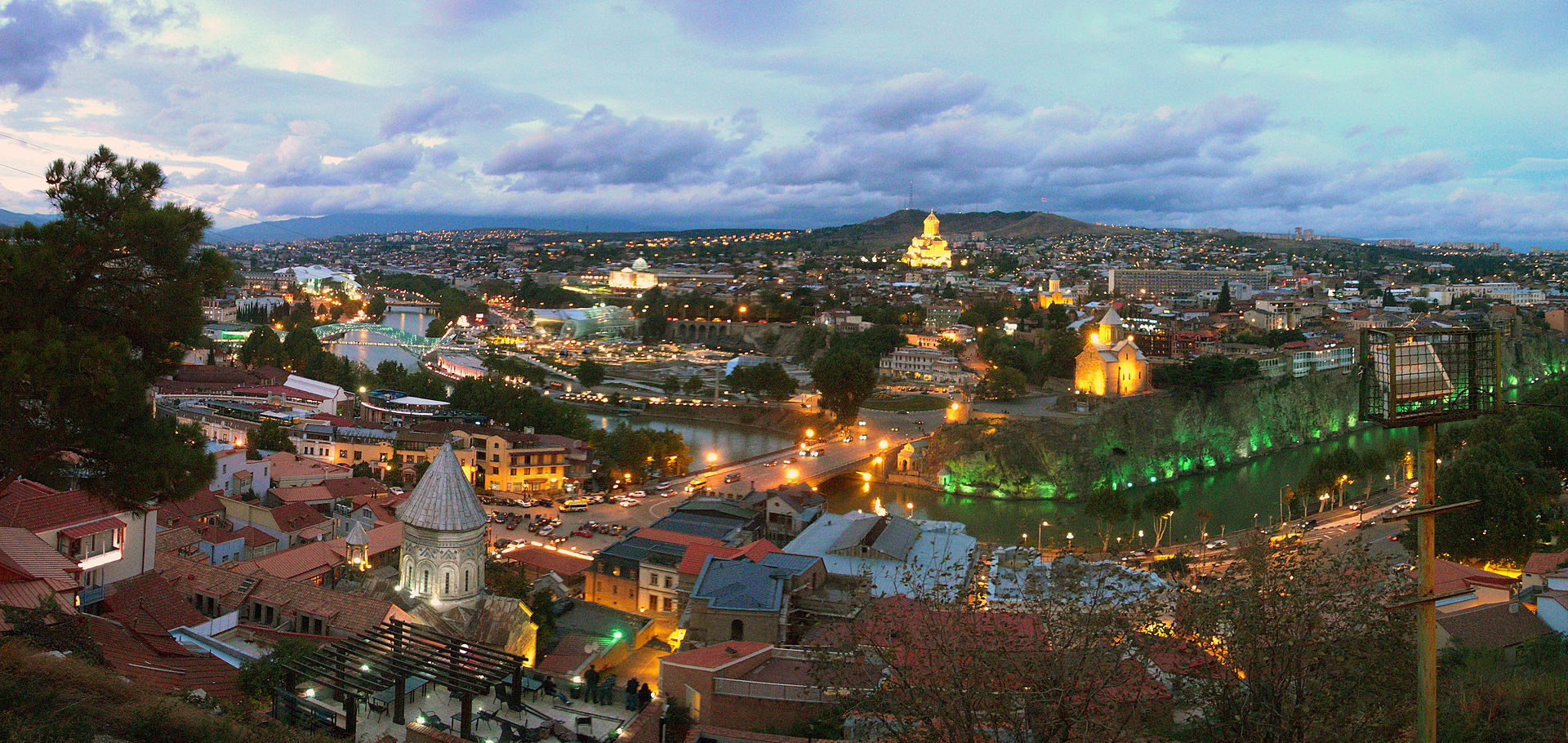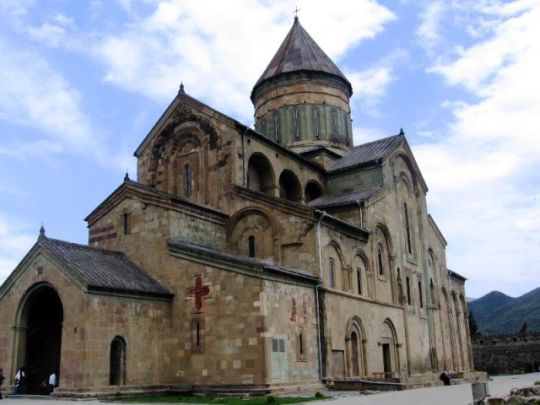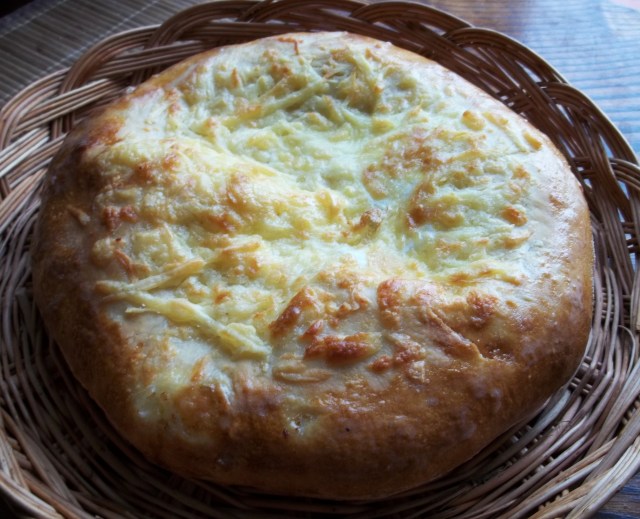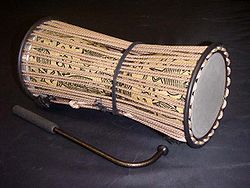Sweet Georgia Brown, I’ve been waiting for this
meal for quite some time. I was supposed to cook last weekend, but it was my daughter’s
9th birthday, and we were invited to a cookout. And I’m still on the
search for a job – who knew having a bachelor’s degree would be such a
liability? Apparently, I’m “not qualified” for anything, except corporate jobs
I don’t want, which may be something I have to seriously think about doing. So,
if something doesn’t happen soon, then I’ll have to put my blog on hold until I
either get a job somewhere, someone gives me proofreading work to do with the
business I started, or I can get the money together to get published. But,
let’s forget about all that for a just minute while we indulge in some fabulous
food!
 |
| It's a pyroclastic cheese flow!! |
The first food I made today is khachapuri, or
Georgian cheese bread. I started with mixing my yeast in warm water and adding
a tablespoon of flour. While that was setting up, I poured more flour, salt, and
an egg in a bowl, and then added the yeast mixture. Once I made the dough and kneaded it, I formed it into a ball
and covered it in plastic wrap, letting it rest for about an hour. At that time,
I kneaded it again for a couple minutes before re-wrapping it for another
hour’s rest. During this time, I coarsely grated 4 oz each of havarti and
mozzarella, forming the shavings into a compact ball. Once the dough was ready,
I spread the dough out to about an 8” circle and placed the cheese ball in the
middle. Carefully, I pulled the edges of the dough up and over the cheese ball,
making a topknot on top of it. Then I smashed the whole thing down with the
palm of my hand, making another 8” disk.
I then look my cheese knife and cut an X into the top of the dough, so
that way the cheese is exposed. The recipe calls to put this on a floured pizza
pan, but for some reason, we lost ours in the move five years ago, and I never
bought another one. So, I put mine on a cookie sheet instead and placed it into
a 500ºF oven for 10 minutes. At that time, I brushed it with melted butter and
sprinkled the top with a little bit of mild cheddar, putting it back in the
oven for about three minutes in order to brown the top and melt the
cheese. This bread was so
incredible good. It’s definitely a comfort food. It was a little oily, but it
didn’t stop me from getting seconds.
 |
| A little nutty, a little crunchy, a little savory. |
I made this next dish purely because it intrigued
me. I’ve had stuffed mushrooms,
stuffed tomatoes, stuffed peppers, stuffed celery, stuffed potatoes, and even
stuffed chicken. But I’ve never had stuffed cucumbers. This recipe called to
take about ¾ cup of walnuts and some garlic and smash them up with a mortar and
pestle. Then I added some fenugreek, turmeric (in lieu of marigold), coriander,
crushed red pepper, parsley, green onions, and a little white wine
vinegar. I cut my cucumbers
lengthwise (after cutting off the ends), and then routed out the middle and
placed the spiced walnut paste in the middle of the cucumber. I kind of liked
it. I think I should’ve ground up my fenugreek seeds in my coffee grinder though.
But otherwise, it was pretty good. I may play around with the recipe. My son
liked it, and he doesn’t normally like anything.
 |
| Do you need anything else? |
The fried potatoes with dill were probably the best
part of this meal. The recipe actually called for new potatoes, but I didn’t
find them at the grocery store where I was, so I bought red potatoes and cut
them into bite-sized pieces. I fried them in some vegetable oil, then I just added
salt and pepper. The dill I had was starting to go bad; I was luckily able to
get enough to top the potatoes with. The flavor was definitely not as
pronounced as it was when it was fresh. But it was still good.
 |
| Little packages of perfection. |
And finally, we arrive at khinkali, or Georgian
dumplings. I didn’t realize I was
running low on all-purpose flour, so I cut the recipe in half, and then I had
to use half white flour and half whole wheat flour, so I knew the dough wasn’t
going to be the same from the beginning. After I put the flour in a bowl, I
added some salt, and some water and made the dough. I kneaded it then wrapped
it in plastic and put it in the refrigerator for about a half-hour. In the meantime, I made the filling: combining
ground beef (the recipe calls for half-beef, half-pork, but I used all beef), chopped
onions, cilantro, salt, pepper, and crushed red pepper in a bowl. Once the
dough was done, I rolled the dough out and used a biscuit cutter to make round
circles (I was only able to make eight).
Spooning in a little bit of the filling into the middle of the dough
circle, I then folded it up and pinched it altogether at the top, making a
topknot. I dropped them into a pan
of boiling water, and when they floated, they were finished. I really liked these, but I think I
would’ve liked them more if they were made from only all-purpose flour. They reminded me a little of pierogis.
 |
| A culmination of comfort. |
Overall, the meal meshed. It all came together in a
perfect balance of comfort foods. It’s too bad I didn’t have any Georgian wine
to go with it. I guess I’ll have to depend on my $2.87 pinot grigio from
Aldi’s. So, even though things are über-stressful right now, we at least got to
sit down and share a meal together, full of comfort foods. They were mostly
made from a few simple ingredients and generally didn’t take that long to
make. Yet, they were full of
flavor and filled you up. I’ll
definitely have these recipes handy again. This was one of those meals that
went over well with the whole family, even my youngest and most picky of
eaters.
Up next:
Germany
*P.S. If you like this blog, please consider donating to the fund to keep this alive. I'm trying to get published so I can help take care of my family, but I need help with copyright and publishing fees and stuff. Even small amounts help. Don't be left out -- there's still time! Support your favorite author/blogger today! http://www.gofundme.com/eszij8





